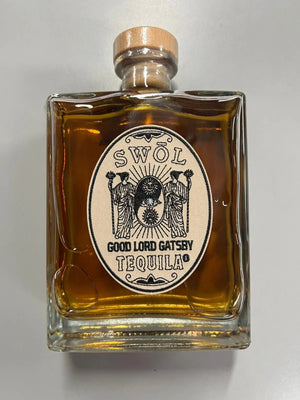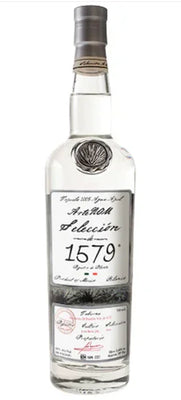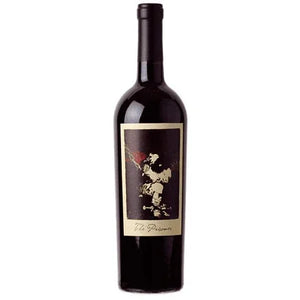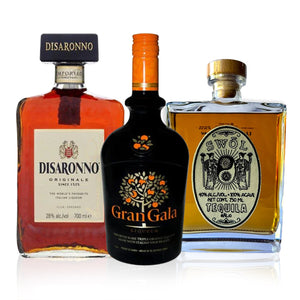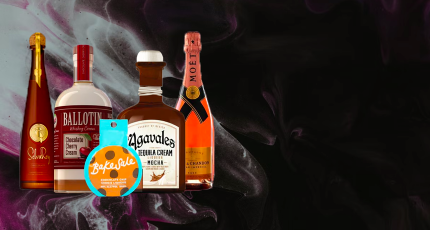The categorization of wine can often depend on the smallest of differing details. Grape varieties grown side by side in similar conditions are regularly marketed as entirely different products. There are so many factors at play that create huge distinctions between wines.
One of the greatest confusions for wine drinkers has been trying to distinguish between Pinot Gris vs Pinot Grigio. We will fully detail all of the differences between these two varieties, both clear-cut and more subtle distinctions. To do this, we will also lay out some of the methodologies whereby wines are categorized.
Primary Elements Contributing To Wine Categorisation
Grape color

The first, and perhaps most obvious factor in categorizing wine is the grape color. Green grapes produce white wine. There is a common misunderstanding that white grapes are used to produce this wine, though it makes sense when you have seen some wines with a more pale green than yellow color.
The juice from all wine grapes is basically colorless, so there is a process that helps to add the color. This process involves leaving the skins on for a pre-determined amount of time. During the fermentation process, the grape skins release compounds that contribute to the acidity and flavor profile of the wine.
Black grapes are used to make red wine. As previously mentioned, the grape juice from the grape flesh is basically colorless, so the skin is essential for red varieties. As you can imagine, the lighter reds have had less time fermenting with the skin on, and the opposite for fuller reds.
Check out: - Health Benefits of Drinking Red Wine
Interestingly, and not commonly known, rose wines are actually made from red grapes. The fermenting liquid only has a small amount of contact time with the skins, which produces the desired blush color.
Grape Variety

When we refer to grape varieties, we are almost discussing them as different species. They are all very different and are treated as such. In wine production, primarily of the old world, there are specific rules about how each variety must be used to create particular bottles of wine.
With black grapes, some of the most famous ones are Cabernet Franc, Cabernet Sauvignon, Pinot Noir, Malbec, Syrah, and Sangiovese. We can use Sangiovese as a great example of how wine varieties are regularly determined: there are no wines that are called Sangiovese (such as is the case with Malbec/Pinot Noir). However, it is central to the makeup of Chianti, Brunello di Montalcino, and others.
Region
Many grapes have traveled across borders and oceans to new land rather than their natural homes. The region plays a huge part in the cultivation of wine. The primary factor is the weather. Warmer weather will produce a fuller, sweeter grape. Colder weather will grow the grape slower, allowing for a more complex, slightly tarter flavor.
One of the clearest examples of this is the Syrah/Shiraz varieties. These two wines are actually made from exactly the same grape. French viticulturists brought Syrah grapes down to Australia and started producing the wine down under. They adapted the name to Shiraz, and the two have many similarities and differences at this present moment.
They are both quite full-bodied, with a deep and dense color. Syrah has quite a distinct tannin profile, accompanied by a famed bitter berry flavor range. Shiraz is a very deep, red fruit sweetness to it that is adored by wine drinkers around the world.
It is examples like these that set up the excellent question of how, and why similar/the same grape varieties can produce such differently considered bottles of wine. We know the lines are fine, and can often be blurred in many cases, but it is time to think about the differences between pinot gris vs pinot grigio.
This face-off is quite similar to the Shiraz/Syrah dynamic - they are both made from the same grape. There is no genetic deviation. So, when asked what is pinot gris or pinot grigio, the answer is that they are a grape.
Also Read: - Why Drinking Wine Everyday Could be Good for Your Health?
Pinot Gris

What is pinot gris, specifically? Pinot gris is a french grape, a close relative of pinot noir - distinguished only really by their color. It is primarily grown in the Alsace region, a region heralded for its food and beverage producers. They are a region draped in tradition and have maintained pinot gris production standards for hundreds of years.
The best pinot gris wines are full-bodied, unctuous, and full of summer fruit flavors and aromatic spices. They are some of the more desired wines to pair with French cuisines of the north, and in the winter - for example, creamy, rich foods. These can include chicken, cheeses such as raclette, and lovely buttery sauces.
Pinot Grigio

Pinot Grigio is, as previously mentioned, the genetic twin of pinot gris, but grown in Italy. It is primarily found in the northeastern region of the country. The regions of Veneto and Friuli are home to the best pinot grigio productions. Interestingly, this region is on the other side of the country to the border that Italy shares with Alsace.
It is often described to be a light, crisp, and zingy white wine. It has a good level of acidity and sits much higher up the side of light-bodied white wine. Pairings for this wine include many antipasti, such as bruschetta, or light rice dishes found in the north of Italy.
Though pinot grigio is an Italian wine through and through, this is the name given to wines made from the grape around the world. It is interesting that a pinot gris would be called a pinot grigio if grown in California, Australia, or elsewhere.
The main difference between the two grapes must have something to do with the climate and the growing conditions. Pinot Gris's growing conditions are not replicated elsewhere around the world, so it must be a result of its ecological factors.
So, when we’re asking what is pinot grigio or pinot gris, or what is the differences between the two, the answer is not as complicated as you might have thought. We hope you have learned a bit about how to look for the best pinot gris, and are able to answer the question of what is pinot grigio and what is pinot gris!


